Block your time, testudo your calendar
Stop wandering in circles – navigate daily work by mapping out your time
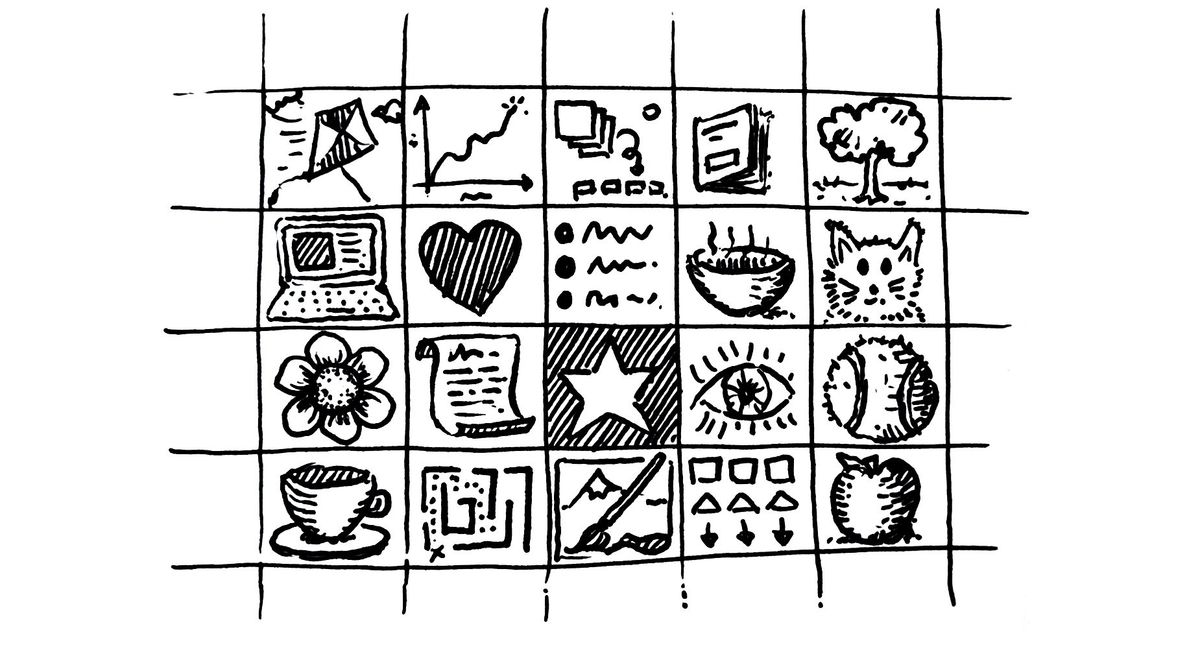
To-do lists fail because they ignore time
To-do lists often end up as naught but well-intentioned bulletpoint dreams. These lists fail because it’s hard (at first) to estimate task size. Or because people don’t break grand, chunky tasks into smaller ones to achieve a sense of progress over time. Work might feel Sisyphean sometimes, but committing to a task like “Push the wheel up the hill a bit more” doesn’t help.
A list doesn’t account for time. It documents tasks, but doesn’t slot that task into the context of the day, or indicate long a task ought to take. Without the “when” a to-do list is only half a plan. And how will this list accommodate the asks of other people: meetings, requests, questions?
Without the “when” a to-do list is only half a plan.
The method
The good news is that there’s already a standard way to plot tasks against time: the calendar. Whether you’re planning a week or a day, turn those grid lines into a map: by framing your tasks as milestones and assigning blocks of time in the day to complete them.
Sound almost too simple? It is. But I can attest that it works a treat. Here’s how it goes. 👇
The basic steps
- Divide your day into hourly time blocks, either on a calendar or page (digital or analogue, according to taste). Allow enough space to divide each block in half, but assume no division smaller than 30 minutes.
- Take your list of tasks for the day and add blocks of time when you will complete these tasks. Give the blocks simple names, like “Report” or “Plan”. Blocks can be for one deep task or a batch of smaller, related tasks.
- Optionally: Add short, clarifying notes to these blocks, eg within a calendar app or as notes on a page. This might be useful if you want to detail the smaller tasks within a batch. Under “Report” you might write “First report draft complete” and “Share with colleagues for review”. Avoid amorphous, open phrases like “Work on report”.
- If you get partway through the day and the schedule has gone off course – adjust the schedule. Perhaps a task took longer than expected but it was almost done so worth finishing. Re-apportion the blocks remaining in the day, which might require bumping some tasks off the list. Digitally, this might involve editing your blocks; on paper this might be as simple as crossing out the previously scheduled blocks and drawing some new ones (see below).
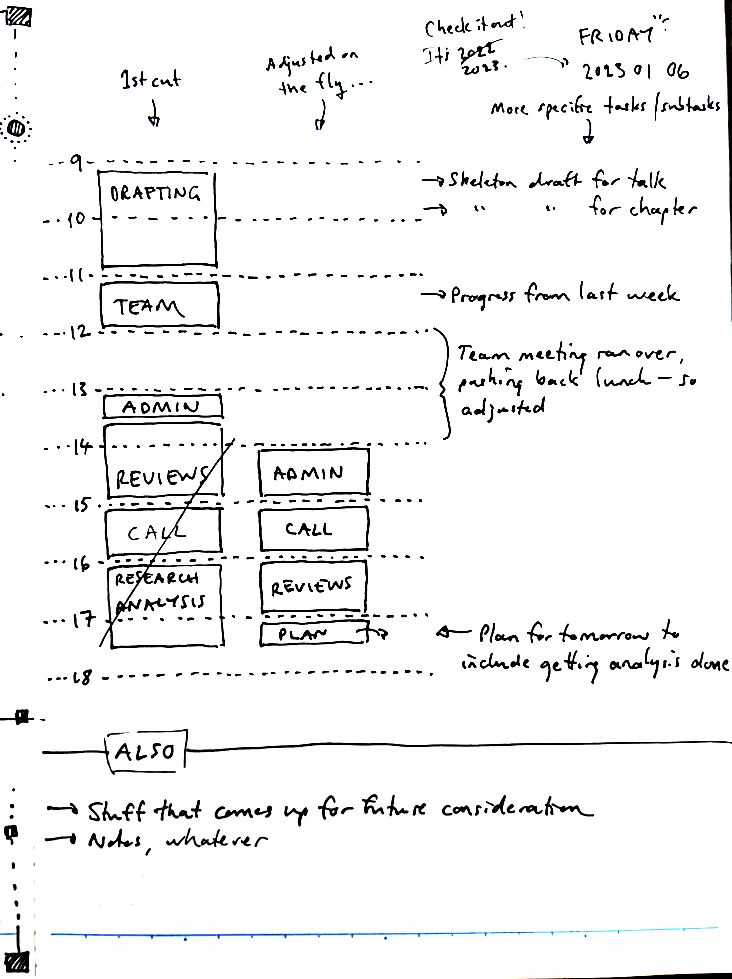
At the heart of it, “time blocking” (or “calendar blocking”) is not a revolutionary approach. It’s a way of visualising daily to-dos and accounting for time. But I’ve found that this forces me to be more realistic about how long things take. And the simple commitment of allocating a task a time within the day makes it much more likely I’ll get it done.
Making it work consistently
This method might take some getting used to, particularly if you’re used to working in a more freeform way, unconcerned by such petty considerations as the passing of time. I recommend the following practices to support your time blocking and make it a success.
Book deep work
Cal Newport, author of Deep Work: Rules for Focused Success in a Distracted World, asserts that “deep work” is required for people to achieve valuable, fulfilling things. “Shallow work” isn’t necessarily bad, but Newport suggests we should be aiming for far less of it. According to Newport, deep work is characterised by “Distraction-free concentration” that pushes “your cognitive capabilities to their limit”. Deep work requires decent blocks of time – at least an hour, but 90 minutes or more is best. Blocking dedicated time for deep work is how you give that kind of work priority in your day.
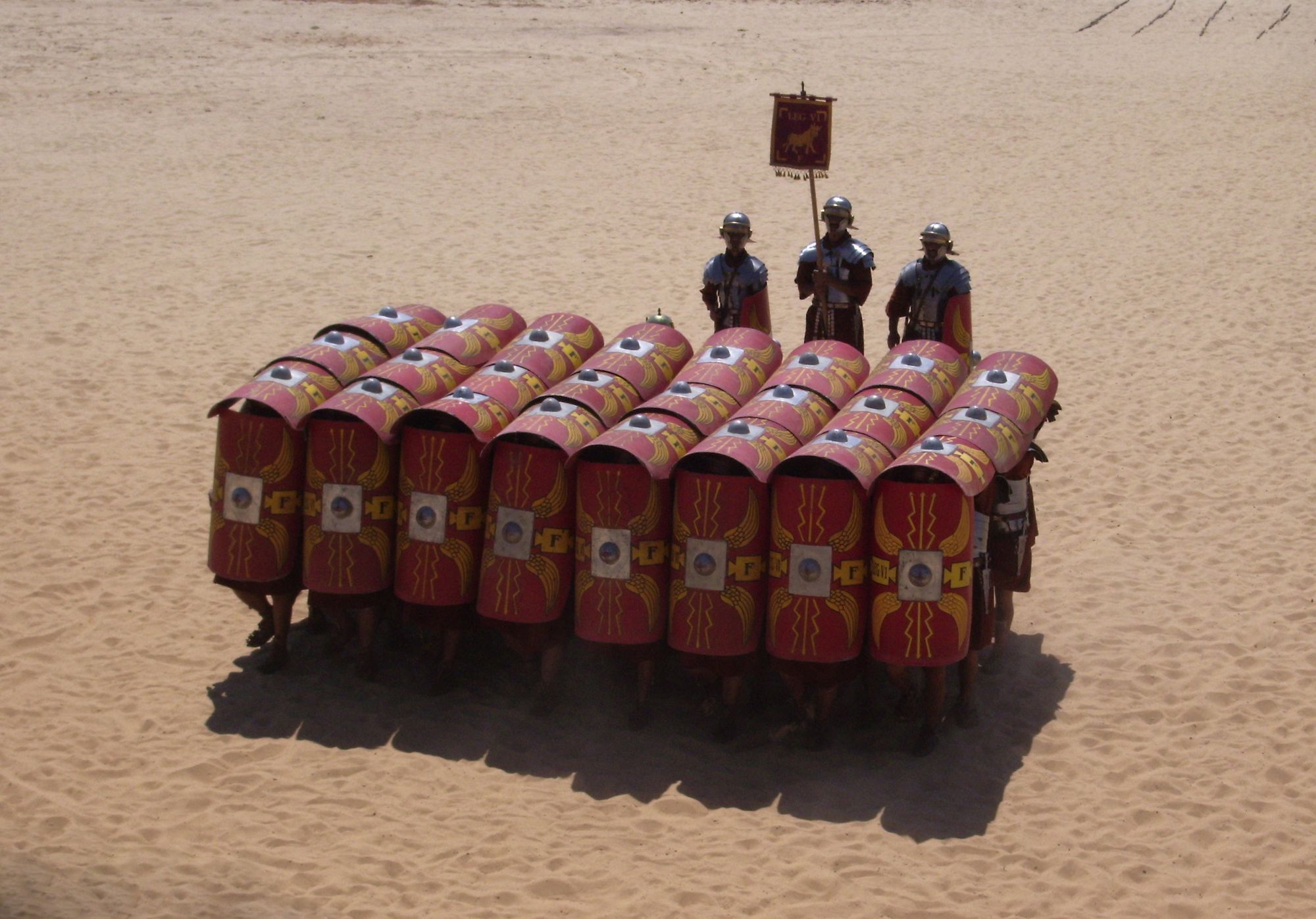
Testudo your time – but bring other people in on it. If you don’t stake a claim to your time in the workplace, someone else will. Time blocking can help protect your time so that other people don’t book meetings over the top of it. But this will only work if you’ve made this intent public, by booking your own blocks in a calendar where colleagues can see it, or letting colleagues know you’ll be unavailable. This doesn’t mean you can just block out all time, by the way. Unless you’re going full lone wolf, you need other people and they need you. You need to block some time for meeting, collaborating, responding. (Just maybe not on the same day people ask).
If you don’t stake a claim to your time in the workplace, someone else will.
Factor in everything on your plate for the day – meetings included. When blocking out your time for the day, you’ll need to weave together both your own tasks and those already booked into the calendar: the meetings. Keep in mind that meetings of any kind still need to follow the basic principle of building towards an actual milestone.
Include breaks and buffers – you are a human being, not a machine. Avoid having one block commence the second the last one finishes. If they’re longer blocks of time (an hour or more), leave gaps in between for breaks. And if you’re venturing into unfamiliar territory (a wee bit unsure how long something might take), book a “buffer” block. This allows time to finish off a task that’s close to completion, or to catch up if earlier blocks went slightly over time.
Big tasks are achieved by snowballing smaller tasks. Schedule smaller milestones, day by day, if you need to build to a chunkier milestone in the future. Writing a single chapter of a book might be a bit daunting to achieve in one day (depending on the thickness and complexity of the book). Such a weekly milestone might require smaller milestones from Monday through Thursday, like “Draft an outline”, “Write a shitty first draft” and “Edit chapter draft”.
Fine-tune your task volume, your time estimates. One reason to-do lists fail in the first place is that people are terrible at estimating how long things take. This time blocking method is essentially a log of how long things take you. Learn from it. Experiment with the length of your blocks, and what can be achieved within them. Tweak accordingly.
Your time is a map

To visualise your tasks as blocks on a calendar or in the page of a notebook is to create a map for yourself. Your milestones are points on the map where you can pause for a moment and commend yourself for getting this far. Then keep trekking towards the next milestone.
This approach may be too prescriptive for some. But done right, this kind of time-block planning should take only a couple of minutes at the start of each day (or ideally, at the end of the previous day). And it should make your journey through the day easier to navigate. Because without a map, you might just end up wandering around in circles.
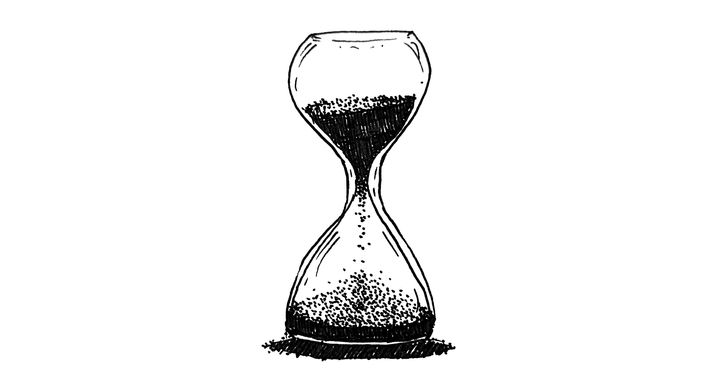
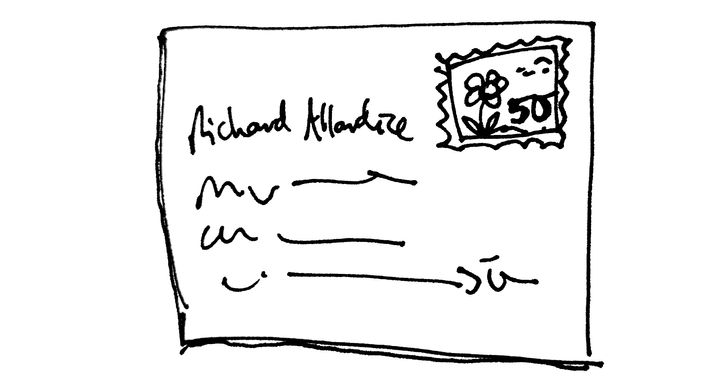
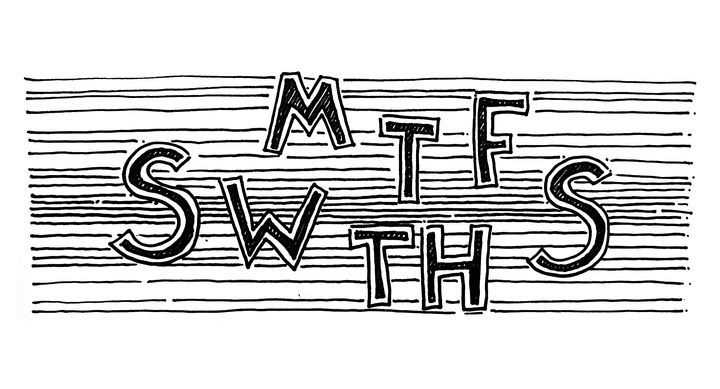
Comments ()